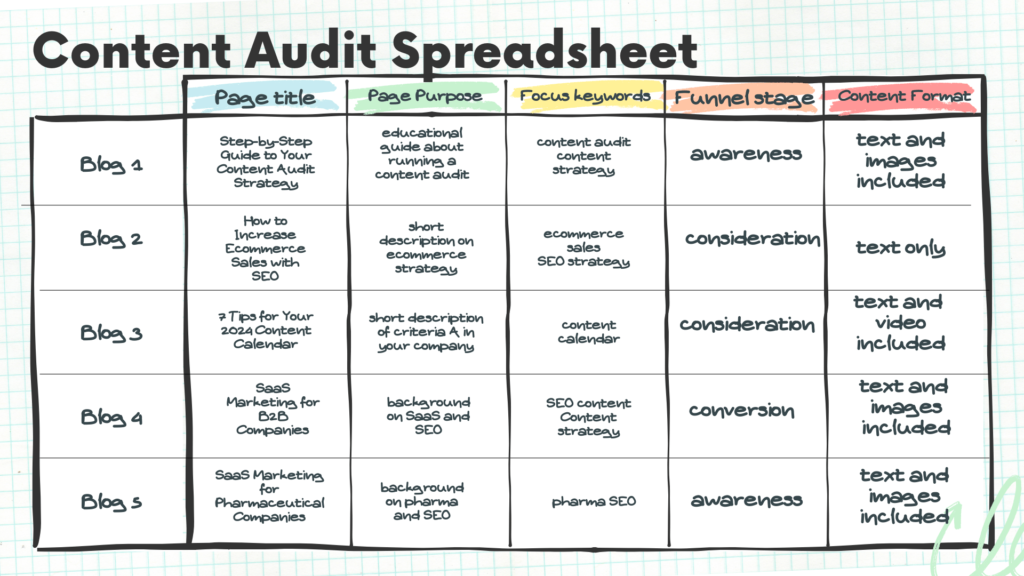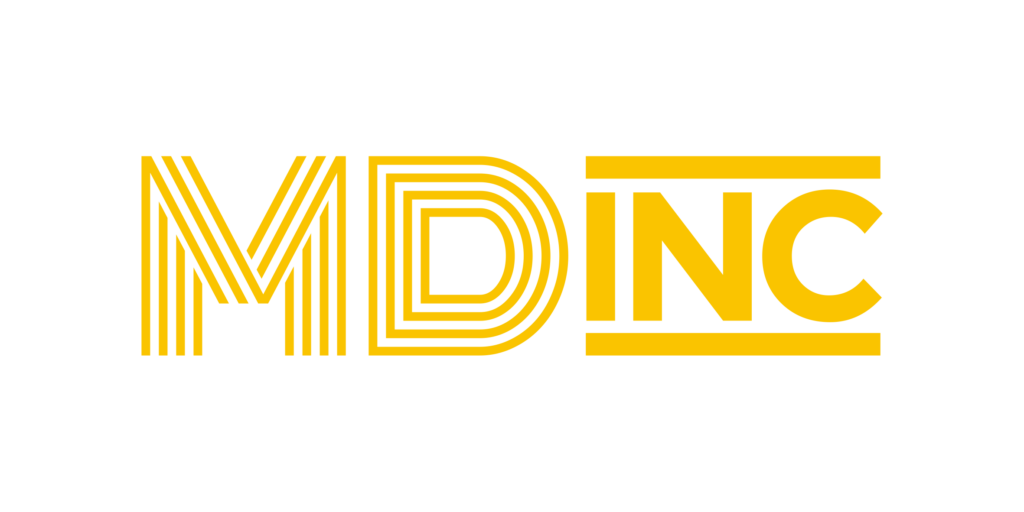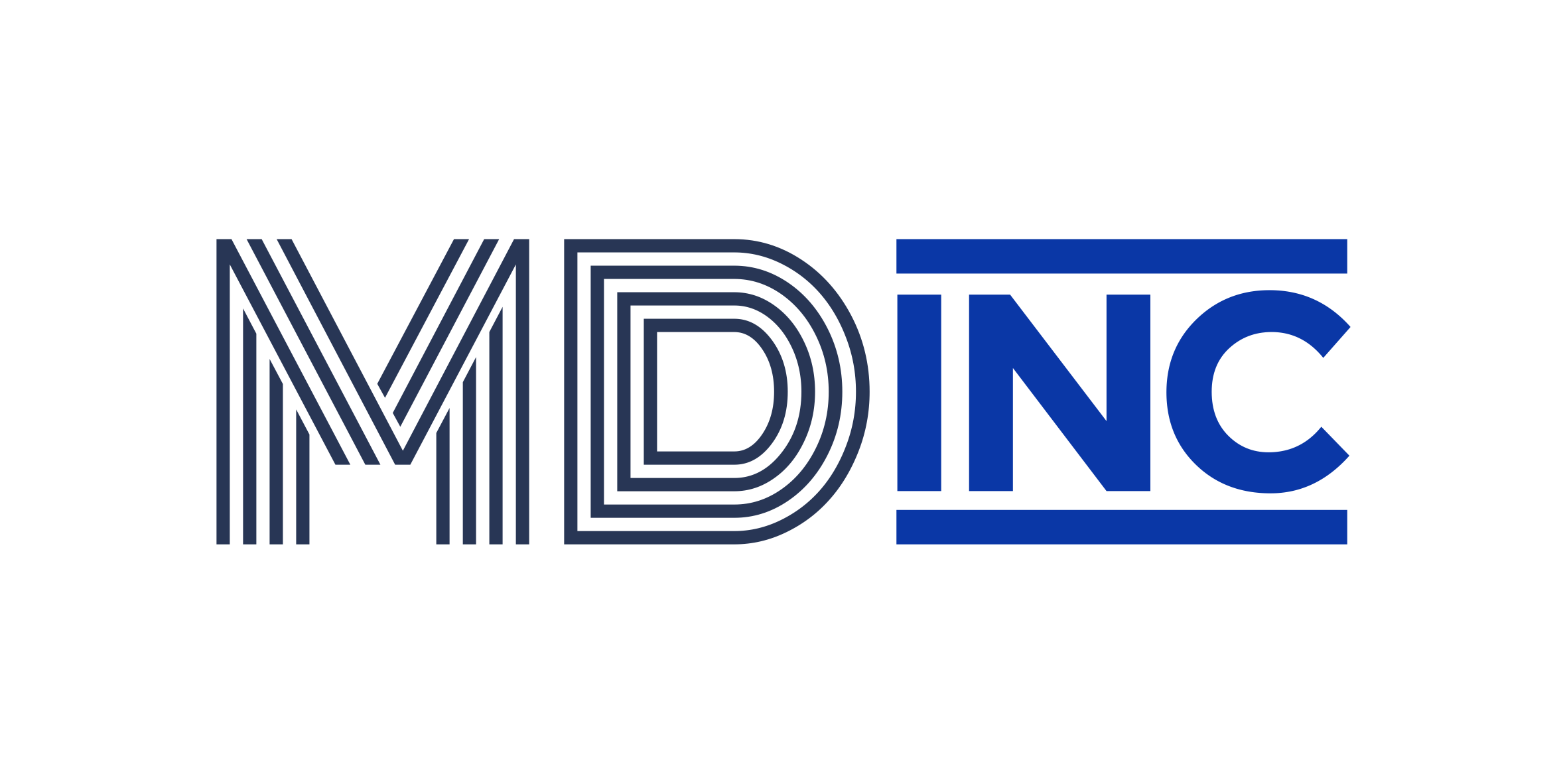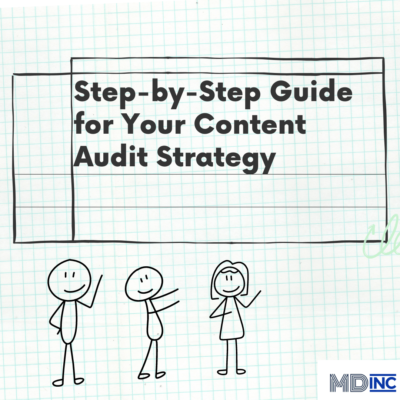Step-by-Step Guide for Your Content Audit Strategy
As your business changes, so should your content strategy. Any change in your content strategy starts with an audit to see where gaps exist, where past strategies have fallen off, and where any successes should be noted.
Your content audit strategy can be as involved or high-level as necessary. Small businesses don’t need a 100-page plan like big companies, and big companies don’t benefit from a one-pager. Potential customers deserve the best content on your page, which is why you’re willing to consider a content audit.
So then, what is a content strategy, a content audit, and how do you start? Read on to learn more about all of the above and more.
What is a Content Strategy?
Simply put, a content strategy is a formalized sheet of goals and a plan to help you achieve said goals. As many leaders note, half the benefit of a plan is the planning. In discussing what worked and what may work, everyone can share insights and thoughts as they brainstorm. This audible exchange of ideas is beneficial for buy-in in the strategy and also shares an understanding among all participants.
The content strategy lets you see where the content shared with your public will go when it is presented, and what its purpose is. After all, your time is too valuable to share content without a purpose, aim, or goal.
What is a Content Audit?
Similar to financial audits or headcount audits, a content audit lets you take a step back from the content on your website (video, audio, images, and the written word) and view it with a new set of eyes. This exercise aims to dig apart the content much like you would when changing your spring wardrobe after a long winter. You may not hate the content, but it no longer fits your purposes or brand goals.
The content audit typically consists of the five common parts below.
Step 1: What Are Your SEO and Business Goals?
Because the audit takes time and careful thought, start with understanding what you hope to achieve. Will you look at the content through the lens of “full overhaul” or from an “I want to 2x our revenue this year” lens? SEO metrics are good to consider because they share why people find your page and what they do once they are on your page.
If you plan on increasing website traffic, you may look at old content with the idea of refreshing it or rewriting topics that have fallen flat.
You can optimize pages with reporting that shares user intent — are they looking for information and sales, or are they researching for an academic paper? A high-traffic page is valuable when the eyes reading it are that of decision-makers rather than passive readers.
Look at old content to see where you can add additional links to newer blogs. Changing links lets your pages add value to one another while encouraging your readers to stay on your website longer.
Add content to older pages and blog posts to “beef it up” and garner more interest. When you created the initial content, you might not have been a thought leader or best-seller; however, if that is your current path, then keep adding valuable content where it makes sense. Never add content simply for the exercise of adding content.
Lastly, remove content that is underperforming or no longer relevant to your business and goals.
Increase Audience Engagement
Because you’ve spent so much time creating your website and additional time on content creation, the next step of a content audit is to see where you can increase audience engagement.
Look at SEO metrics like bounce rate, scroll depth, shares, mentions, and comments. Note that with comments, it is always good practice to grade them as positive, negative, and neutral. Customer sentiment will tell you where to focus and improve or maintain. Content audits are not only about the metrics or a high-level overview. Audits should consider the whole picture and story it tells.
Google Analytics has an Engagement report that lets you analyze your on-site engagement and any associated patterns. You’ll see when certain pages have higher engagement rates than others or where there is a decrease in traffic in other pieces.
Improve Conversion Rate
Your conversion rate lets you know how many people visit a page and then make a buying action (or clicks to schedule a demo, for example). When you look at your pages for a content audit, ask yourself:
Does this page have a good structure? Have we written for a person or an algorithm?
Is this page enjoyable to read? Do I enjoy reading it?
Does this page provide value to the reader?
What is the call to action (CTA), and is it clear?
If you’re unsure, look at pages with high volumes of readers and clicks, then repeat that where it makes sense.
Goals Should Match Metrics
Your conversion rate won’t be something you fix with SEO only, much like your SEO goals won’t be fixed with increased engagement.
Organic traffic, keyword rankings and difficulties, and backlinks help define SEO metrics.
Engagement and bounce rate are related to user behavior metrics.
Likes, shares, and comments are your engagement metrics.
Lastly, your sales metrics include the number of leads, ROI, and conversions. Remember, a marketing or SEO team can lead a client to your website but it’s up to your sales team to close the deal.
Step 2: Look at Current and Old Content
When looking at content for your content audit include:
- blog posts
- product descriptions (especially e-commerce pages)
- landing pages
- news articles and letters
- videos
- PDFs
- photos (meta description, too)
- case studies
Next, collect your URLs. If you haven’t been keeping track of the site growth, check out Screaming Frog or similar sites that can map out your content for free.
Once the URLs are found, it’s time to categorize them in as much or little detail that makes sense for your goals.
One format example is:

Step 3: It’s Time to Collect and Analyze Your Findings
Save time with Google Analytics and find pages by opening Reports > Engagement > Pages and Screens.
Google also shares position tracking in real-time — which is abundantly useful for seasonal and cyclical businesses. You can spot upward and downward trends and take relevant actions like updating the content for your target audience or removing it.
One key point to pin down is patterns. What are the connections and repeated events? Do you want to duplicate the event or decrease the occurrence? Are there pages with a lot of views but less-than-average conversion?
For example, a high-traffic page with a low conversion rate may indicate the call to action is ineffective or easy to spot. Once you notice this, you can fix it to start generating leads.
Step 4: Create the Content Strategy and Plan
Your content action plan should consider your goals and the data you’ve collected in steps 1, 2, and 3 above. Content marketing strategies are only good when based on fact and action.
Prioritize your actions based on your goals. Not everything can be equally important. If your primary goal is to improve SERP ranking or SEO results, you can interlink content from newer to older articles. Using your spreadsheet with all of your data points, you can add priority weights as a visual reminder.
Next, consider the type of content you share. Perhaps a high-traffic blog is worthy of becoming a case study that requires the reader to share his email address or sign up for newsletters.
Step 5: Change Your Content Marketing Strategy
As stated in the beginning, the best part of a plan is in the planning. Now that you have all this data and action items, it’s time to look at the plan and see if it was satisfied or if it can be improved. Are you including the buyer personas? Does each piece of content have a purpose, and can you change it if needed?
As your industry changes, your content should change with it. When changes occur in search engine algorithms and best practices, your content strategy should change with it. As your business evolves and social media changes, consider adding a content calendar to drip your blogs and newsletters on social channels. Consider the long-term effects of your content on your audience and website traffic. Again, do not create content for the sake of creating content. Mindful creation makes more impact.
Content audit tools with Ahrefs, SEMRush, and Search Metrics give you a headstart, especially if you are not an SEO savant, but it can be time-consuming. A website content audit should be repeated yearly at a minimum or two years at a maximum. Your website is a living extension of your brand and your “store front” that can be visited anytime from anywhere worldwide.
If you need help creating a content audit strategy or content creation strategy or simply want to chat about content, contact MDINC today.










